All images: Distrub Films US
When Terminator 2: Judgment Day was released, it was a blockbuster to end all other blockbusters — the most expensive movie of all time that actually lived up to its price tag. It was the kind of movie that, if it was made today, would have been the subject of thousands upon thousands of bullshit internet articles that could’ve totally changed how audiences perceived it.
But in 1991, years before the internet, hot takes, or trailer breakdowns, James Cameron’s highly-anticipated sequel used a mix of secrecy and surprise to slyly set the tone for blockbusters years down the road. It was a movie that could only be made in that time, but looked ahead to what would come as well.
That story starts with a phone call that James Cameron got from producer Andrew Vajna in the spring of 1990, explaining that Vajna now owned the rights to the Terminator series and wanted a sequel to be released July 3, 1991. Cameron soon called co-writer William Wisher, a high school buddy who helped him write the first film.
Wisher knew the world just as well as anyone and said Cameron’s phone call to him went something like this: “He said ‘There’s some good news and some bad news. The good news is Terminator 2 is greenlit. The bad news is we’re already behind schedule.’”
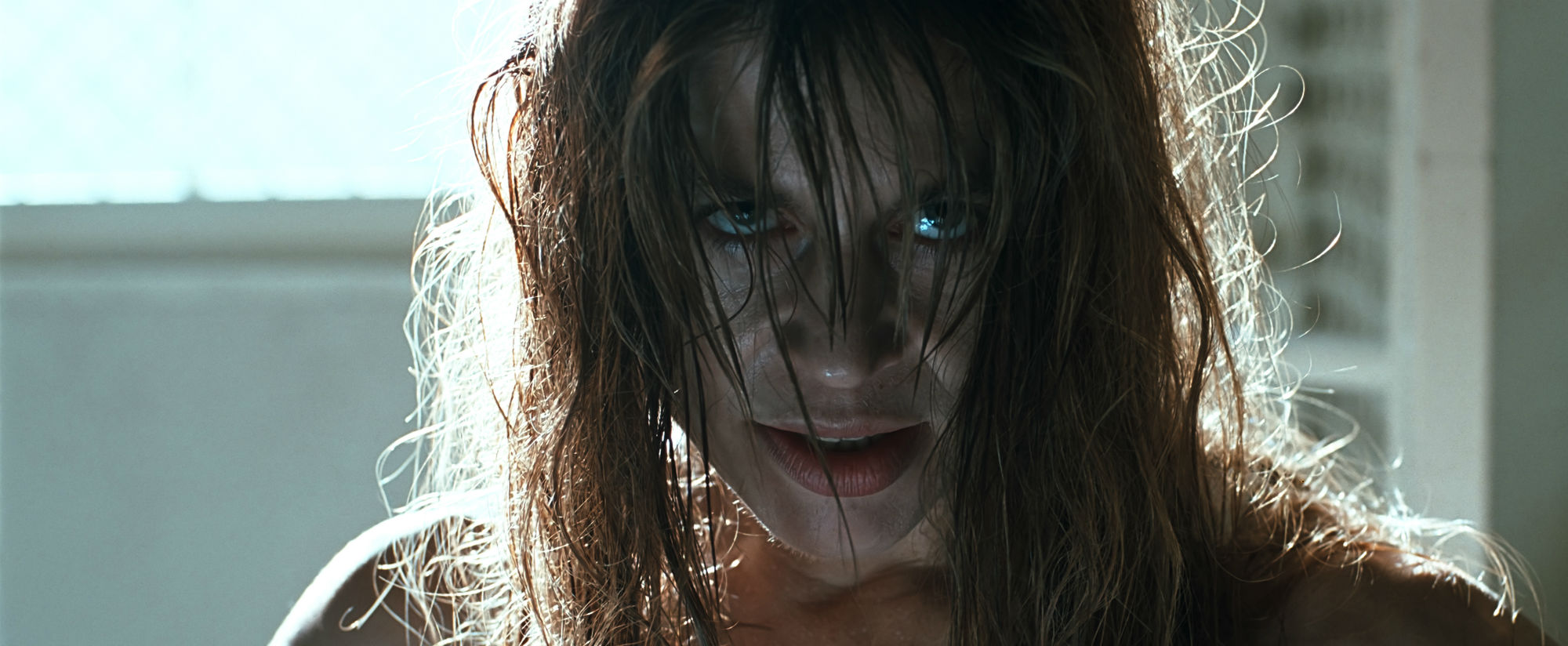
In the first film, Cameron had killed his main villain — the Terminator played by Arnold Schwarzenegger — which backed them into a narrative corner. They couldn’t just bring back the same guy. Instead of worrying about that, though, Wisher explained they began by brainstorming with the character who was still alive, Sarah Connor (played by Linda Hamilton).
“We figured, since she’s probably running around telling everybody that the world is going to come to an end, and preparing for it knowing that her son’s going to have to become the leader of the human resistance, that she would very likely have been put in a mental institution,” Wisher explained.
From that one decision, the other pieces of the story started to fall into place. If Sarah Connor was in a mental institution, where would her son John be? He’d be in foster care. And if you want to really change things, Arnold can’t be a bad guy again. He has to be the good guy. It was an idea that really opened things up for Wisher and Cameron, but they were very worried about it.
“We were a little nervous initially about taking Arnold, who’d been the world’s greatest villain, according to some lists at the time, and breaking that,” Wisher said. “So we spoke to Arnold, told him what we wanted to do, and he was on board. And we just started the car and hit the highway.”
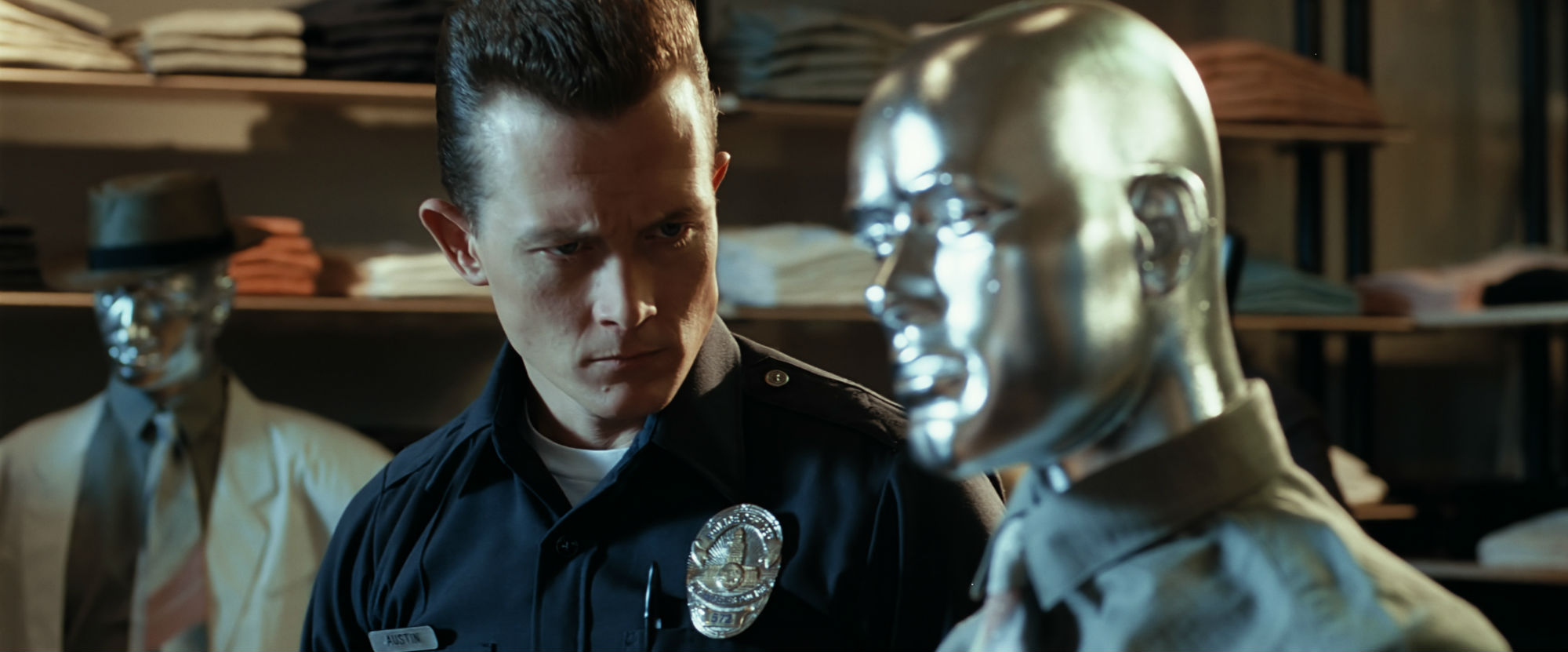
But what kind of villain could stand up to Schwarzenegger? Again, the idea came from looking at the facts. “If Arnold is the hardest form of technology, to the max, then the opposite of that would be a soft technology,” Wisher said.
“So in the T-1000 we thought, number one, should be more of a human-sized bad guy, and number two, it should be the opposite kind of technology. And those two things very quickly lead to the T-1000 as we wrote him as he was portrayed in the film.”
With all the major pieces in place, Cameron and Wisher finished the entire script for Terminator 2 in six and a half weeks, which is insane considering how well it all works (and that in 2017, James Cameron has been working on Avatar sequels for about six and a half years).
Once the script was done, co-producer Stephanie Austin, who was working at the film’s production company, Carolco, came on board. She recalls going to Cameron’s office, stifled by the blazing California heat, and reading the script in a conference room. That’s because the script was not allowed to leave the building — a precursor for what was, at the time, an unprecedented level of security.
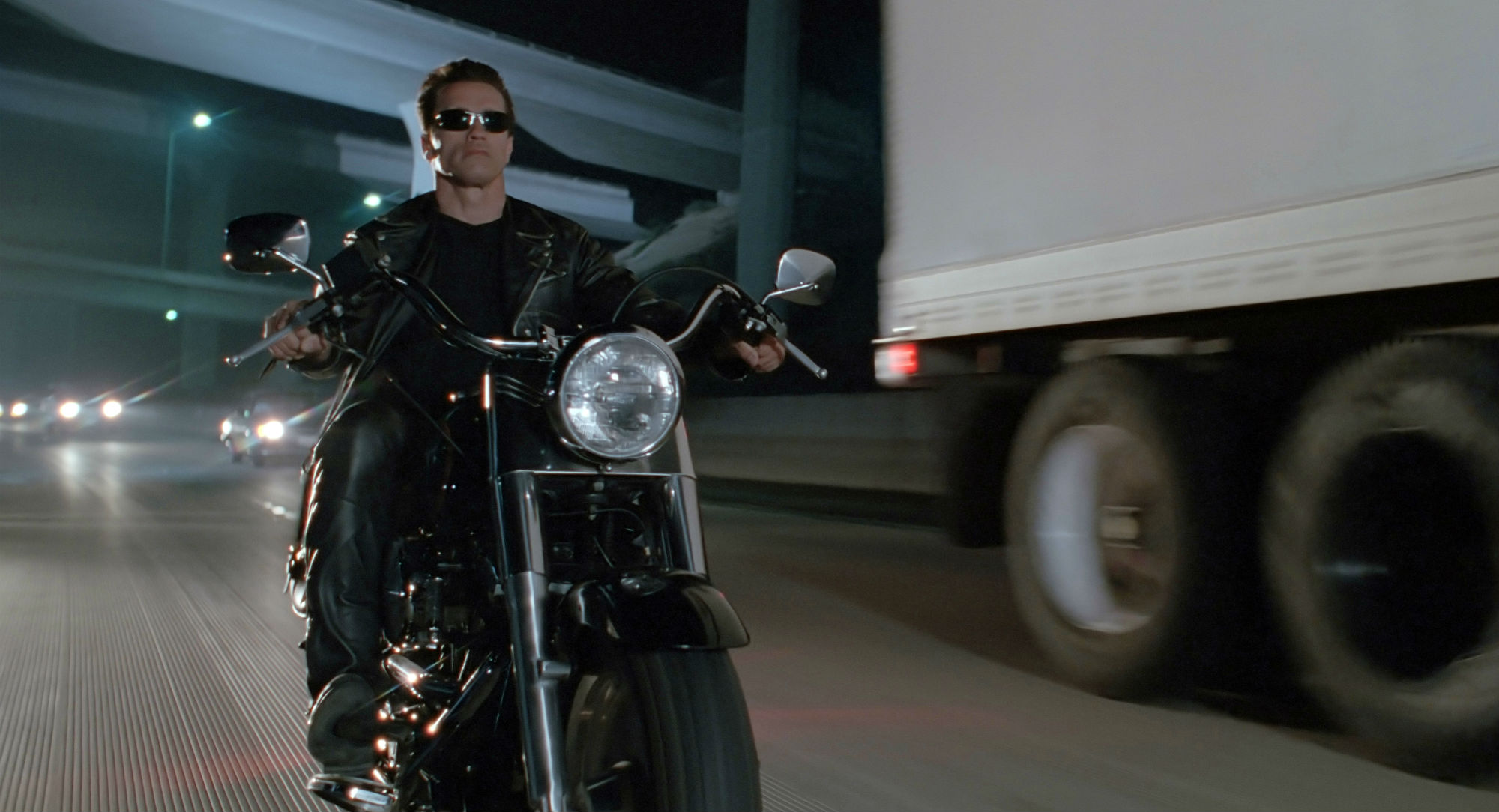
“People were shocked at the level of confidentiality and secrecy that went on during that production,” Austin said. “I’m not sure about other films but everybody thought we were crazy. Every script was coded and watermarked. In fact, today, I’m sitting here in my office staring at a shredder that I had in my office [back then] that I used to shred every single script that ever was issued, because of the need, even then, for secrecy.”
Practices like that are commonplace today. But, in the early 1990s, they were almost unheard of. Austin credits Cameron with the change.
“We were all onboard because it was unusual,” she said. “And until the trailer came out, nobody really understood how you could make a sequel to The Terminator because of the way the first one ended. So there was a lot of secrecy, a lot of confidentiality, and a real need to keep that under wraps until we could make the big reveal.”
That big reveal didn’t happen in the media either. Austin explains it wasn’t until audiences first got a glimpse at the teaser trailer that the ideas behind the movie were revealed — specifically that Terminators could be mass produced.
“That concept of explaining how the Terminator could return was really pivotal,” she said. “But even back then, it wasn’t as pervasive a need to satisfy that fan base and be hyperaware of it. You just didn’t have the communication capabilities back then. There was nothing like the way the internet works today.”
Wisher agrees that he never really felt the weight of any expectations, from fans or the studio, when making the movie.
“We were kind of left alone and there was no outside pressure other than delivering,” he said.
“Nobody was telling us, ‘Oh, it should be this and it should be that.’ We decided what we wanted it to be and everyone said, ‘Sounds good to me.’ And I’m not saying there wasn’t pressure. There’s always pressure. It was a very expensive film for its time. The most expensive film at that time. But honestly, you can’t work and think about that. You just work.”
Leading up to the release of the film, that budget — the first film to ever cost more than $US100 ($126) million — was the big story. However, Wisher suggested while that was a story in the press, it was never an issue behind the scenes.
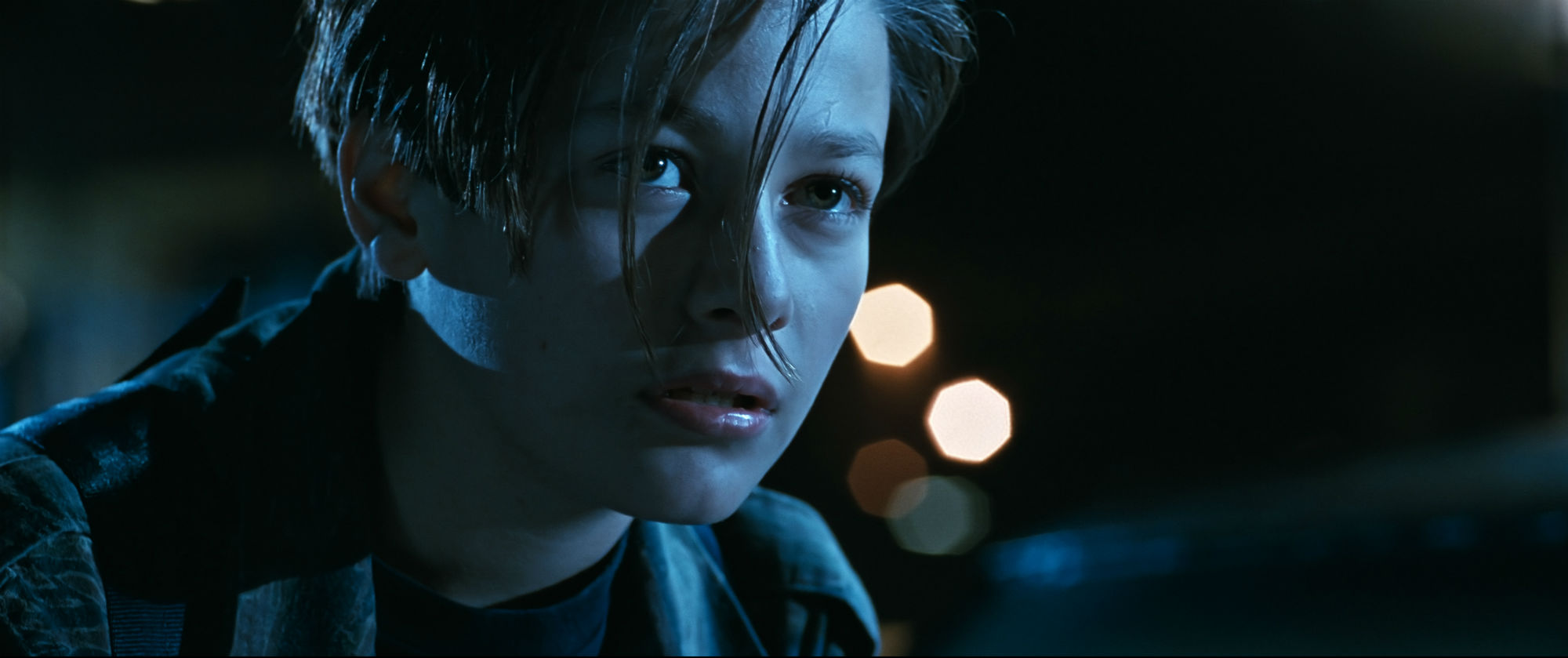
“We knew early on that they were willing to spend a ton of money on this. And we knew we were allowed to broaden the scope of things,” he said. “But I don’t recall us saying, ‘We can’t do that, that’s going to cost too much money.’ I don’t remember that ever, ever happening.”
With that freedom, and a massive budget, came the question of how the liquid metal T-1000 — clearly inspired by what Cameron had done on his previous film, The Abyss — was going to work. Austin explained she figured that uncertainty into the filming schedule.
“We had to come up with how we could frontload all the scenes that had the visual effects in them so that we could start those in process,” Austin said. “So, like the T-1000 effect, that had to be frontloaded because it was experimental.”
The task of making the T-1000 fell to George Lucas’ Industrial Light and Magic. And though the team would eventually win an Oscar for the effects, there were moments where it almost wasn’t technically possible to complete the work.
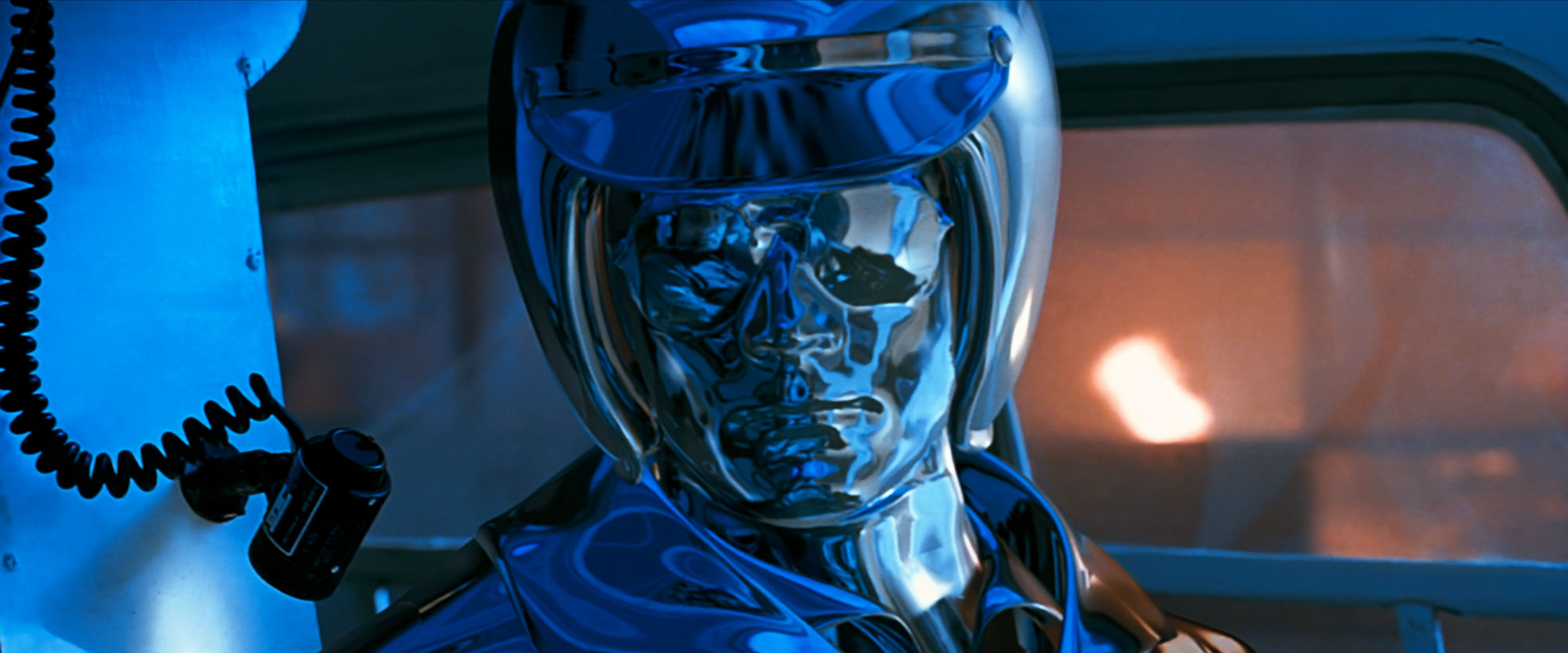
“Nobody knew how long it would take to render all these things,” Austin said “The joke we had is we had every computer in Silicon Valley on render time. The render capacity needs of this film were just really astonishing, and people don’t realise back then you didn’t have that kind of capacity. ”
Of course, it all worked out. The film made its July 3, 1991 release date, enjoyed a massive opening weekend, and became the highest-grossing film of the year by almost $US40 ($50) million. However, something that feels completely alien today is that both the writer and producer agree there was never any discussion of continuing the franchise beyond part two.
“When we sat down to do Terminator 2, we approached it as ‘This is going to be it,’” Wisher said.
“‘We’re finishing the story we’re telling and we’re done.’ Having said that, and working this business, you always know that if someone wants to make a third or a fourth or a fifth, they can and they will. But we just didn’t put our heads there.”
“I don’t remember having any conversations about it, because, frankly, we had a deadline that was almost undoable,” Austin added. “I’m not exaggerating, we had 24-hour, seven-day shifts in post-production. [There was] this kind of unbelievable pressure to meet this release date which had been fixed almost a year ahead of release time.”
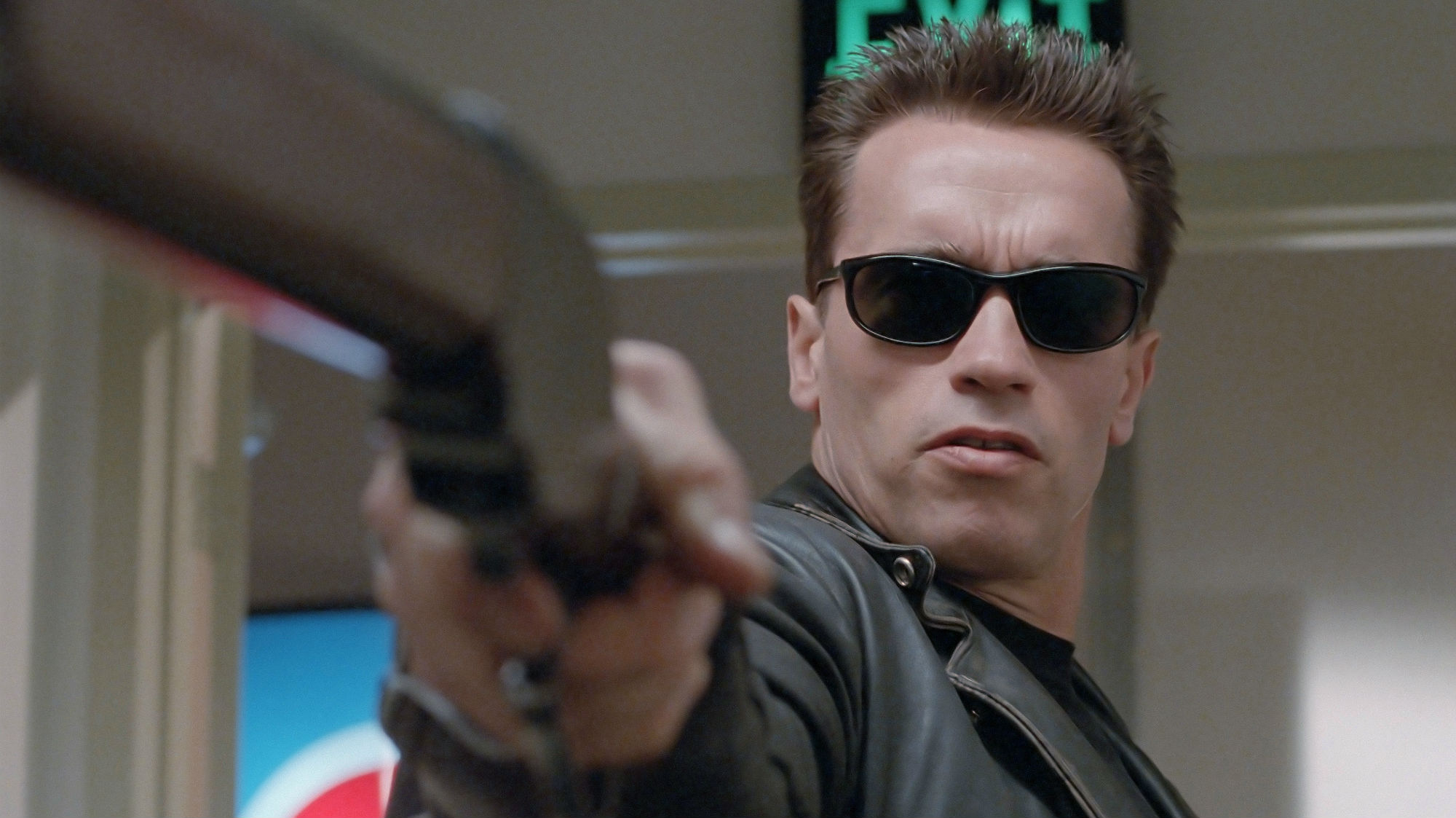
That changed, however, when Terminator 2 had its first big, public screening.
“There was a standing ovation that went on for about 12 minutes,” Austin said. “People were really experiencing this visceral, emotional thrill from watching this film. So we looked at each other and said, ‘Maybe there’s more to this.’ But I don’t think that really developed until we took a breath and looked back.”
Take a breath and look back at Terminator 2 now and it still holds up — the story and the effects, as well as the emotion. Both onscreen and behind the scenes, it’s a fascinating blend of how filmmaking used to be and what it would soon become.
Terminator 2: Judgement Day 3D is in theatres now.
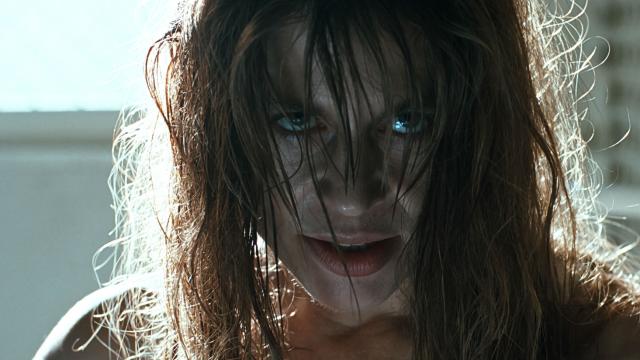
Comments
6 responses to “How Terminator 2: Judgment Day Changed The Blockbuster Game”
“James Cameron’s highly-anticipated sequel used a mix of secrecy and surprise to slyly set the tone for blockbusters years down the road.”
No it didn’t – the trailer gave away the biggest plot twist of the movie. (Apparently you’re meant to think Arnie is the bad guy for the first bit of the movie.)
I remember my 10 year old self crying as Arnie died (spoilers!) lol
I almost cried but I fought it back. I was 12. Still one of my favourite movies.
I still haven’t seen the original Terminator. I should, but I’m not sure how it’ll hold up after having grown up watching T2 a number of times.
It holds up quite well. Not quite as well as T2 does (it’s kind of amazing how well those CG effects have dated compared to other films of the era) but it’s all practical effects and a well-directed, well-shot film so it works about as well as anything of similar age.
What NegZero said. Its definitely cheaper looking, but it holds up as a movie very well. In some ways, seeing it after T2 makes it a better experience as you get to flesh out Sarah Conner’s story a whole lot, and see where it all began.
But the lighting, effects, etc are all very dated, especially compared to T2. Its an issue with effects heavy movies of the 80’s more than the movies themselves though. It was just an era that was transitional with a lot of technology, as the industry got their heads around what computers could do.
Terminator 2 was a perfect storm of conditions that just made it work. The main star was at peak stardom, CGI effects were finally at a point where they weren’t going to suck 2 years later, and the soundtrack nailed it with the biggest band in the world releasing one of their best tracks.
T1 is the opposite, but the story is close enough to T2 that you can see the quality there, even with bad effects and 80’s music. Both of them together are an excellent study in how quickly things were changing in the industry at the time.
Consider there were only 7 years between them, and how different the quality is. Things changed fast in that period.